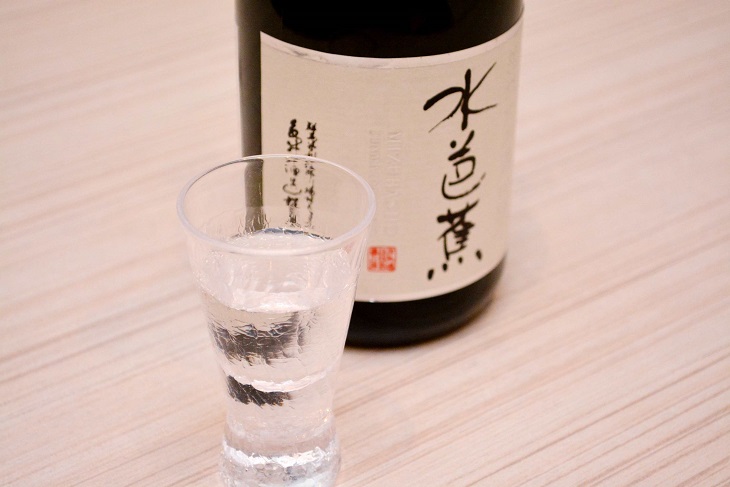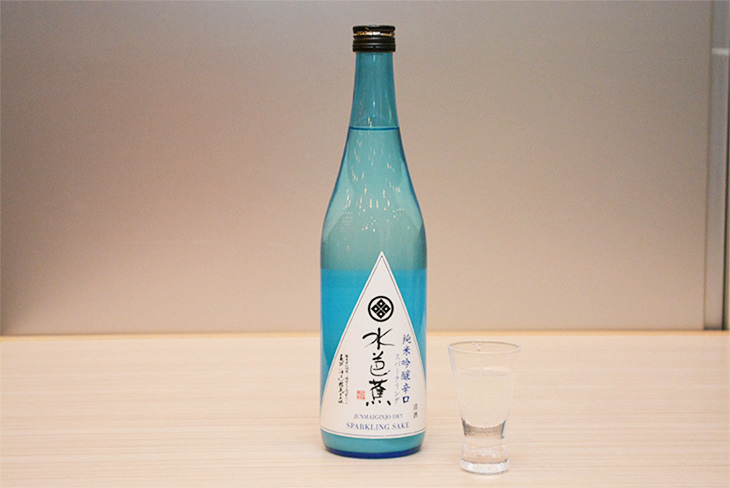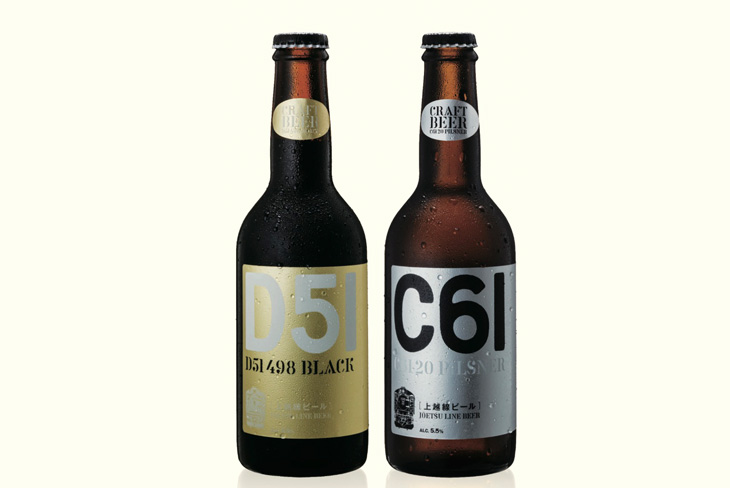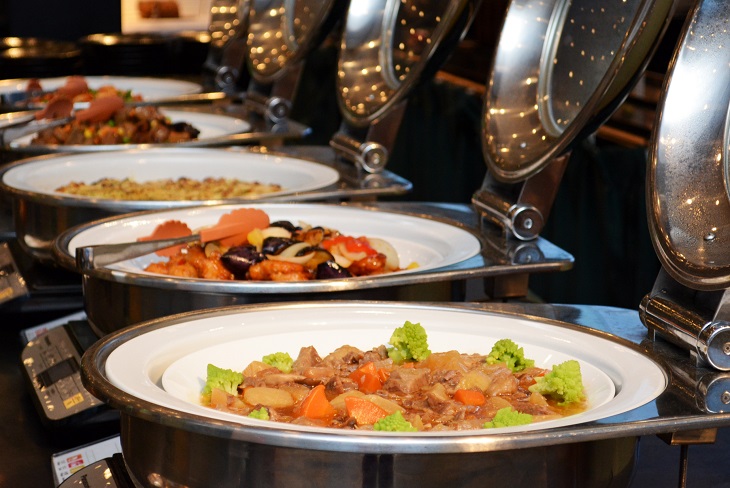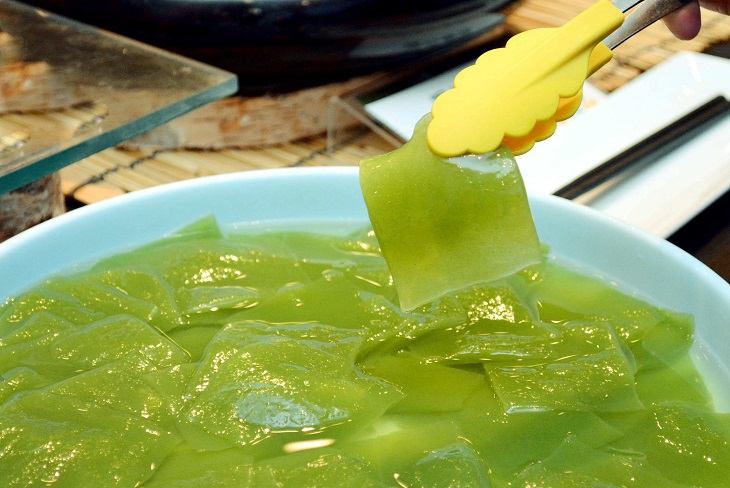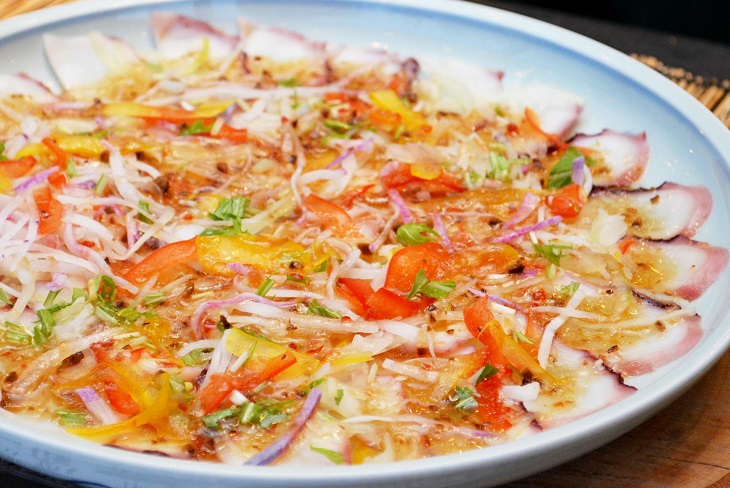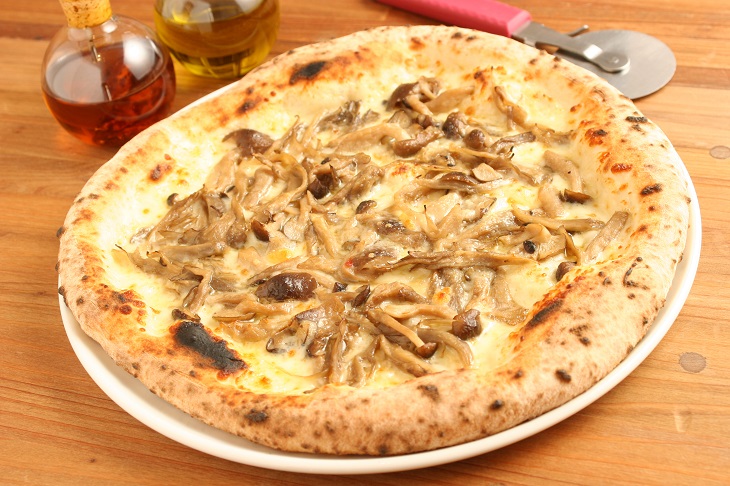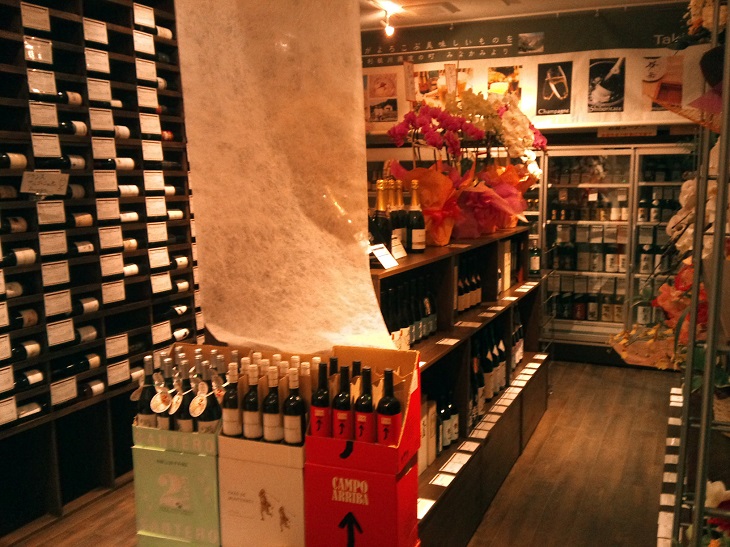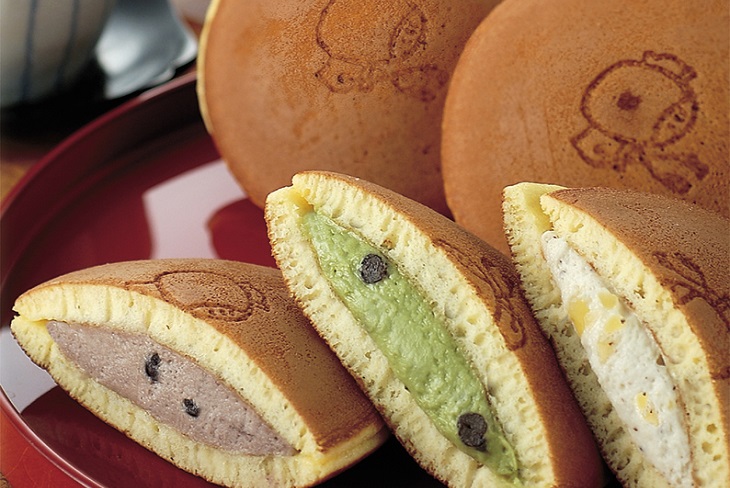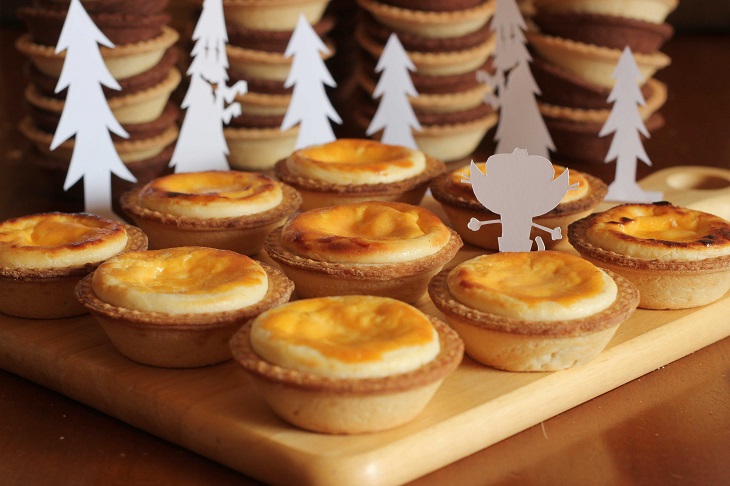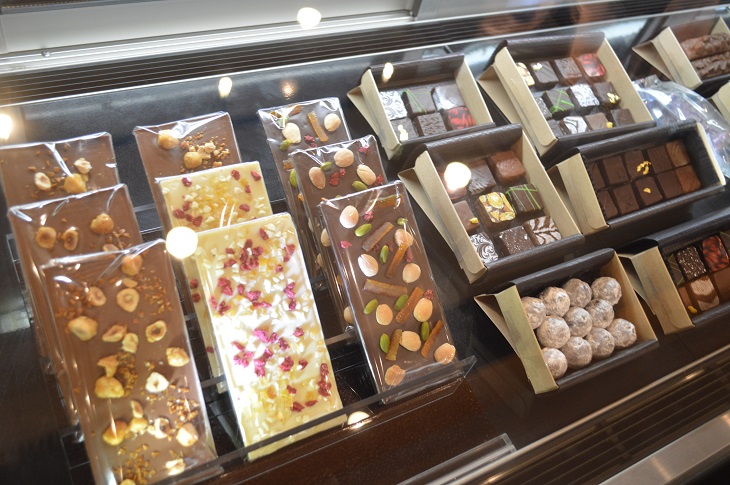There are several sake breweries in the neighboring villages around the Minakami, featuring local brands such as Tanigawadake and Mizubasho. These brands offer many types of sake such as junmai (pure rice), honjozo (genuine brew), and ginjo (special brew), which are defined by various factors during manufacturing processes such as the rice-polishing ratio, sole use of rice and melted rice, and addition of alcohol. Why not try different types of sake to match your meal?
Mizubasho Junmai-Daiginjo Sui
Mizubasho is one Gunma's major brands. They offer a wide variety of sake, ranging from affordable tipples to luxurious varieties and seasonal, limited editions. Junmaidaiginjo Sui is characterized by its fruity, gorgeous taste and aroma similar to soft, tender white peach or pear.
Tanigawadake Junmai-Daiginjo
This lineup named after Tanigawadake, the best-known mountain in Gunma Prefecture, aims at offering sake that's suitable for daily drinking. This one is surprisingly affordable for Junmai-Daiginjo, making it an ideal souvenir or gift. It has a refined, clean taste with characteristic dry crispness.
Mizubasho Junmaiginjo Dry Sparkling
This is a sparkling sake from the Mizubasho lineup. This sake, which tastes elegant, is best savored with a flute glass, as you would drink a glass of sparkling wine. Sparkling sake has recently been gaining a popularity among foreigners and women.
Joetsu Line Beer
This craft beer features a label with a steam locomotive running on the JR Joetsu Line. Its body and umami derive from the longer aging period, represented in the massiveness of the locomotive. It's a popular item and received the gold award in the local alcohol category at the JR East Souvenir Grand Prix. It's brewed in two types: black and pilsner.
Restaurants and hotels serve delicious cuisines
Restaurants and hotels in Minakami prepare delicious cuisines based on local dishes or using local vegetables. Gunma Prefecture is Japan's largest producer of konjac roots, an ingredient of konjac gel, and you can indulge various konjac dishes in the Minakami area. Konjac is low in calories, tastes mild, and can be enjoyed in all sorts of dishes by dipping it in soy sauce or miso, or by stir-frying it. Natural konjac, which is different from regular konjac and tastes richer, is also famous.
Wide variety of konjac dishes
There is a dish called sashimi konjac, which is slices of konjac gel you eat like sashimi. It has a smooth texture and is best enjoyed with sumiso and soy-sauce dips. The picture shows kumazasa sashimi konjac, a type of konjac into which kumazasa bamboo powder is kneaded. The kumazasa bamboo plant has commonly been eaten, drunk as tea, and used as medicine in Japan since early times.
Enjoy fresh seafood in a landlocked region
It's possible to taste fresh seafood at hotels and ryokans (Japanese-style hotels) in hot spring resort areas in the landlocked prefecture of Gunma, thanks to Japan's fast and sophisticated logistics networks. The picture shows kensakiika squid carpaccio. Carpaccio, an Italian dish that uses raw beef, often involves raw seafood in Japan.
La Biere
La Biere is a popular restaurant that offers authentic Neapolitan pizzas. Their pizzas are baked at high temperature in a special oven for a short time, creating the crispy edge and dusty texture. They are packed with the flavor of the flour. Why not try this crust, made with the good water of Minakami?
Ikufudo meat store
This is a restaurant owned by a meat store that serves fresh, quality meat dishes. They offer a wide variety of dishes that involve ham and sausages freshly made in their in-store processing room, including Jamón Minakami, their famous long-aged raw ham. Their katsudon, a bowl of rice topped with a thick, deep-fried pork loin cutlet tossed in salty-sweet sauce, follows a recipe handed down from generation to generation and remains popular to this day.
Takizawa, a store specializing in wine and sake
This climate-controlled store is packed with wine, sake and Tanigawa-zuke pickles. Takizawa has a wine cellar and glass-door refrigerators dedicated to the sake in store, plus a wine storeroom and sake refrigerators off site. The store stocks carefully selected local sake and aged sake from Gunma, as well as imported wines.
Koarai Confectionery’s Raw Dorayaki
Raw dorayaki is a Minakami-area specialty that adds fresh cream to Dorayaki, a Japanese traditional pancake with sweet red bean-paste filling, and Koarai Confectionery's own variety has gained a measure of fame. It's a special treat comprising a well-balanced combination of thoroughly boiled and crushed Hokkaido sweet red beans and fresh cream sandwiched between fluffy pancakes.
Marusu Confectionery
Manju is a common traditional confection that has been enjoyed in Japan since old times, and makes a popular gift from hot-spring resort areas. Marusu has been in business for about 50 years, and their hard-working team continually work on ways to add new flavors to their range of manju. Their famous Sennokura Mantaro manju, which uses black sugar, is a special treat whose popularity has spread far and wide by word of mouth.
Baum kuchen Confectionery Garba
Garba is a Minakami-based store specializing in baum kuchen. The main store’s café serves freshly baked baumkuchen, made with a generous amount of eggs, as well as Segafredo Zanetti coffee. Adding to the cake and coffee, Garba serves excellent lunches and local beer beverages too.
Jack the Tart Fantasy
This stylish shop serves freshly baked cheese tarts. Their tarts are made with a variety of seasonal ingredients, so the flavors change according to the season. Jack the Tart Fantasy also offers a wide selection of unique drinks, such as coffee brewed using natural water from Mount Tanigawa, and refreshing natural soda with ice cubes of natural water.
Bossa Nova Café
This shop specializes in chocolate made from organic cacao. Bossa Nova Café serves a range of original products carefully made by hand, including bonbons and chocolate cakes.
●Access to the Minakami area:
[By train] Min. 66 minutes from Tokyo station to Jomo-Kogen station on the Joetsu Shinkansen
[By car] About 90 minutes from the Nerima IC to Tsukiyono IC or about 100 minutes to Minakami IC on Kanetsu Expressway
text : Chiho Kuriyama

